Laser Engraving Silver Tutorial for Beginners
Modern laser systems are revolutionizing how we interact with precious metals like silver, opening up a world of possibilities for intricate designs, permanent branding, and sophisticated personalization.
If you're looking to elevate your silver creations, understand the nuances of silver marking, or invest in the right equipment, you've come to the right place.
We're about to dive deep into how lasers can transform silver, from delicate etching to robust industrial marking.
Demystifying Laser Processes for Silver
The terms "engraving," "etching," and "marking" are often used interchangeably, but for precision work on silver, understanding their distinct differences is crucial.
Each process achieves a unique aesthetic and functional outcome.
1. What is Laser Engraving Silver
Laser engraving involves removing material from the silver's surface, creating a noticeable depression or groove.
Think of it as carving with light. The laser's high power vaporizes or melts and expels material, resulting in a deep, tactile mark that is permanent and highly resistant to wear.
- Typical Appearance: A dark, contrasting mark (due to oxidized metal or depth creating shadow) or a frosted, textured appearance, depending on the silver alloy and laser settings. The mark has a clear depth you can feel.
- Applications: Ideal for creating lasting impressions on rings, pendants, custom awards, serial numbers on valuable items, or deep branding on silver products where durability is key.
2. What is Laser Etching Silver
Laser etching is a more superficial process than engraving. Instead of significant material removal, it involves localized heating that causes the surface of the silver to melt and re-solidify, or to slightly oxidize, creating a raised or textured mark. It's often shallower than engraving.
- Typical Appearance: A frosted, white, or slightly raised mark that contrasts with the polished silver. It doesn't have the same tactile depth as engraving but offers excellent visual contrast.
- Applications: Perfect for fine details on jewelry, decorative patterns, detailed logos, or adding a distinct texture without significantly altering the silver's structural integrity.
3. What is Laser Marking Silver
Laser marking refers to a broader category of processes that alter the surface of silver without significant material removal or deep penetration.
This often involves annealing (heating the metal to change its color without melting), discoloration, or creating a frosted effect through micro-fracturing or surface oxidation.
- Typical Appearance: Can range from a dark, annealed mark (often black or dark gray) to a frosted white, or even a subtle color change, all while maintaining a smooth surface feel.
- Applications: Best for aesthetic branding, barcodes, QR codes, date codes, decorative designs on flat surfaces, or any application where a non-tactile, high-contrast, permanent mark is desired.
Choosing the right method depends on your desired aesthetic, the required durability, and the specific application.
For truly robust, long-lasting marks, engraving is generally preferred.
For fine detail and high contrast on the surface, etching or marking is an excellent choice.
The Right Laser Machine for Silver
Not all lasers are created equal, especially when working with a unique material like silver. Silver's high reflectivity and thermal conductivity present specific challenges that certain laser types are better equipped to handle.
1. Fiber Lasers: The King of Metal Marking for Silver
When it comes to laser processing metals, especially precious metals like silver, fiber lasers are the undisputed champions.

Why are they ideal:
Fiber lasers operate at a specific infrared wavelength (typically 1064nm) that is highly absorbed by most metals, including silver.
They offer excellent beam quality, high peak power, and flexible pulse durations, allowing for precise control over the marking process. This combination makes them incredibly efficient at ablating or annealing silver's surface.
MOPA Fiber Lasers:
Enhanced control for varied marks on silver: MOPA (Master Oscillator Power Amplifier) fiber lasers offer even greater control.
They allow you to adjust pulse duration and frequency independently, which translates into an ability to create a wider range of effects on silver – from deep black marks to bright white frosting, all with incredible detail.
If you want maximum versatility for silver, a MOPA laser is often the top choice.
2. CO2 Lasers: Can They Engrave Silver? (Limitations & Indirect Methods)
While incredibly versatile for organic materials like wood, acrylic, and leather, CO2 lasers are generally unsuitable for directly engraving or marking silver.
Why direct marking is difficult/impossible: CO2 lasers operate at a much longer wavelength (10,600nm), which silver's highly reflective surface does not absorb well.
Most of the laser energy is simply reflected away, making it impossible to create a direct mark.
Using marking compounds/sprays (and their pros/cons): You can use a CO2 laser to mark silver indirectly by applying a specialized laser marking compound (like Cermark or TherMark) to the silver surface.
This compound absorbs the CO2 laser's energy, fuses with the silver, and creates a permanent black mark.
- Pros: Allows CO2 laser owners to mark metals.
- Cons: Adds an extra step (applying and removing the compound), adds material cost, and may not achieve the same level of detail or permanence as a direct fiber laser mark.
3. Green and UV Lasers
Niche Applications for Highly Reflective Silver. For extremely delicate or highly polished silver, where even fiber lasers might struggle with reflection or heat input, Green (532nm) and UV (355nm) lasers can be considered.

When these specialized lasers might be considered: These shorter wavelength lasers are absorbed more readily by highly reflective materials, reducing the chance of thermal damage and offering even finer spot sizes.
They are often used for micro-marking, specialized security marks, or on extremely sensitive silver alloys where minimal heat input is paramount.
However, they are significantly more expensive and generally have lower power outputs, making them niche solutions.
Tips for Flawless Silver Laser Engraving
Silver's beauty comes with a challenge: its high reflectivity and thermal conductivity. These properties mean that a laser's energy can be reflected away rather than absorbed, or heat can dissipate too quickly, leading to inconsistent marks. But with the right approach, you can achieve stunning results.
1. Managing Silver's Reflectivity and Thermal Conductivity
Role of wavelength and power settings: As discussed, the fiber lasers' wavelength is best.
High peak power, especially with MOPA lasers, helps overcome reflectivity by delivering a concentrated burst of energy that immediately affects the surface. Adjusting frequency (pulses per second) controls the heat input.
Focus is everything: A precisely focused beam concentrates the laser's energy into a tiny spot, maximizing its impact on the silver. Slight deflections from the optimal focal point can drastically reduce effectiveness.
2. Optimizing Laser Settings for Different Silver Alloys (Sterling, Fine Silver, etc.)
Silver isn't just "silver." Sterling silver (92.5% silver, 7.5% copper) behaves differently from fine silver (99.9% pure).
Speed, power, frequency, focus: These are your primary controls.
- Speed: Faster speeds result in shallower marks; slower speeds allow for deeper engraving. Power: Higher power delivers more energy per pulse, useful for reflectivity.
- Frequency: Higher frequencies mean more pulses per second, which can create a darker, more annealed mark on silver, while lower frequencies might create a frosted or etched effect with more material removal per pulse.
- Fill Patterns: The way the laser fills an area (hatch patterns, angles, line spacing) significantly impacts the final look. Experiment with different hatch angles and line spacing to achieve desired textures and depths.
3. Pre-Treatment & Post-Treatment Best Practices
- Cleaning: Always start with a clean, grease-free surface. Oils or residues can interfere with laser absorption and create uneven marks. Use an ultrasonic cleaner or alcohol wipe.
- Polishing: A highly polished surface can sometimes increase reflectivity, making it harder for the laser to "grab."Sometimes a slightly less polished or a matte finish can accept a mark more easily.
- Potentially Anti-Tarnish Coatings: While lasers can mark through some thin coatings, it's best to mark bare silver first, then apply protective coatings if desired.
Investing in a Silver Laser Engraver: Costs and Considerations
Bringing laser technology in-house is a significant decision. Let's look at the financial side.
1. Machine Purchase Price vs. Outsourcing Services
Machine Purchase Price: Fiber laser engravers suitable for silver can range widely.
Entry-level desktop models might start around $5,000-$10,000, while industrial-grade, high-power MOPA systems with advanced features can easily reach $20,000-$50,000+.
There is also a budget-friendly option, like an IR laser engraver, which starts around $1,000.
Outsourcing Services: If your volume is low or you need specialized work, outsourcing to a laser engraving service can be more cost-effective. They handle the equipment, maintenance, and expertise.
2. Running Costs: Power, Maintenance, Consumables (If Any)
- Power: Laser engravers consume electricity, especially higher-wattage models.
- Maintenance: Lasers are generally low-maintenance, but periodic cleaning of optics, fume extractor filters, and software updates is necessary.
- Consumables: Fiber lasers typically don't have many consumables for marking metal. Fume extractor filters are the main ongoing expense.
Conclusion
We've covered everything from the subtle differences between marking, etching, and engraving to selecting the right fiber laser for silver.
This technology is a game-changer, offering unparalleled precision and durability for your projects.
Whether you're customizing jewelry or branding products, a laser engraver will elevate your work.
Don't be intimidated! Start your research now and consider how a fiber laser can bring incredible precision to your silver.


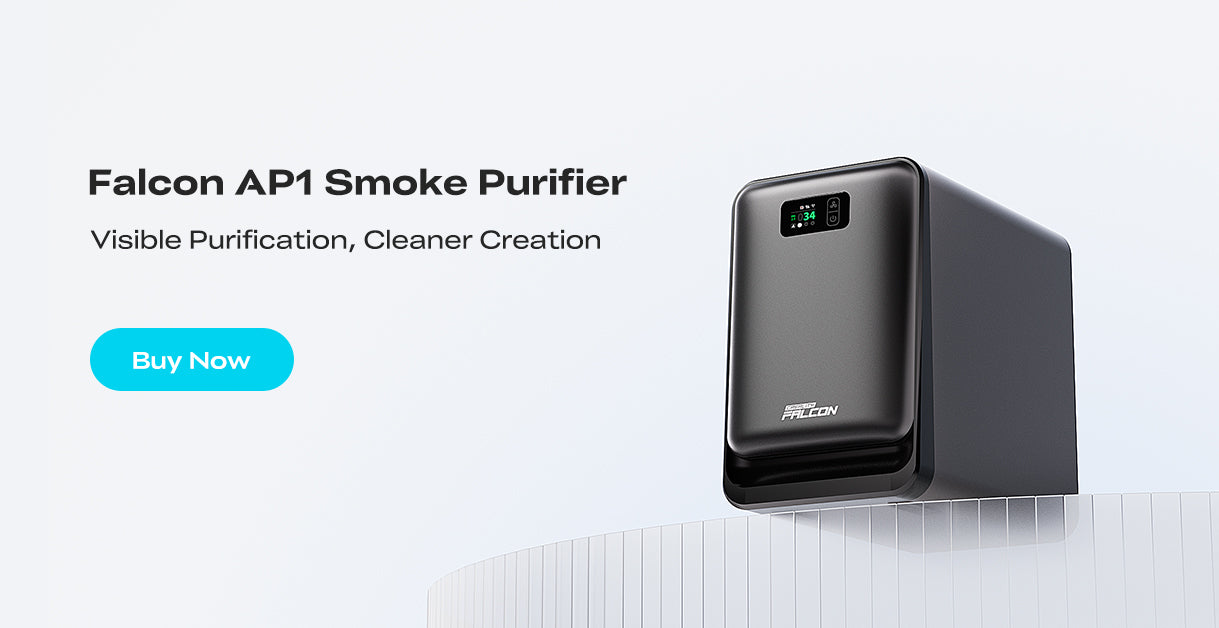



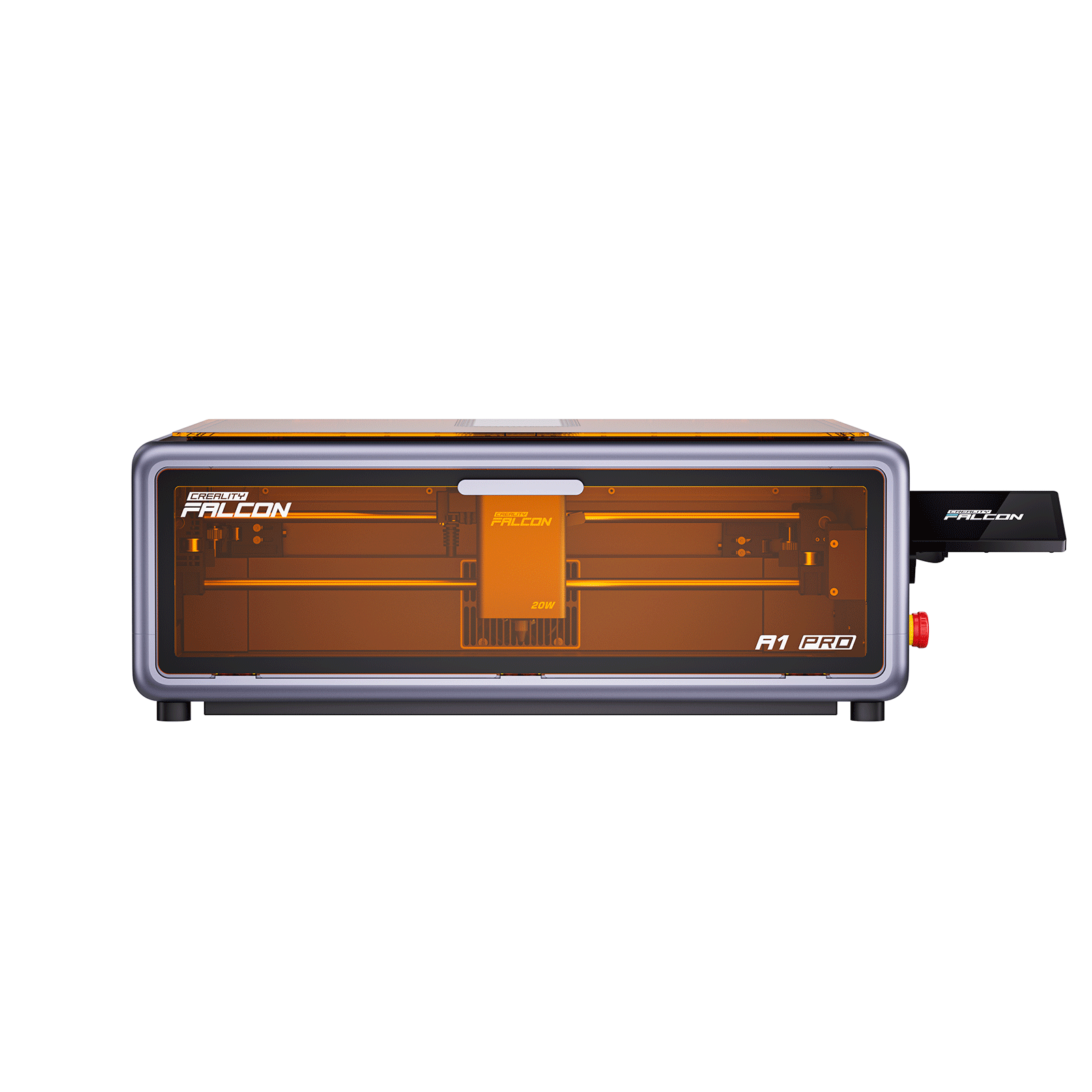


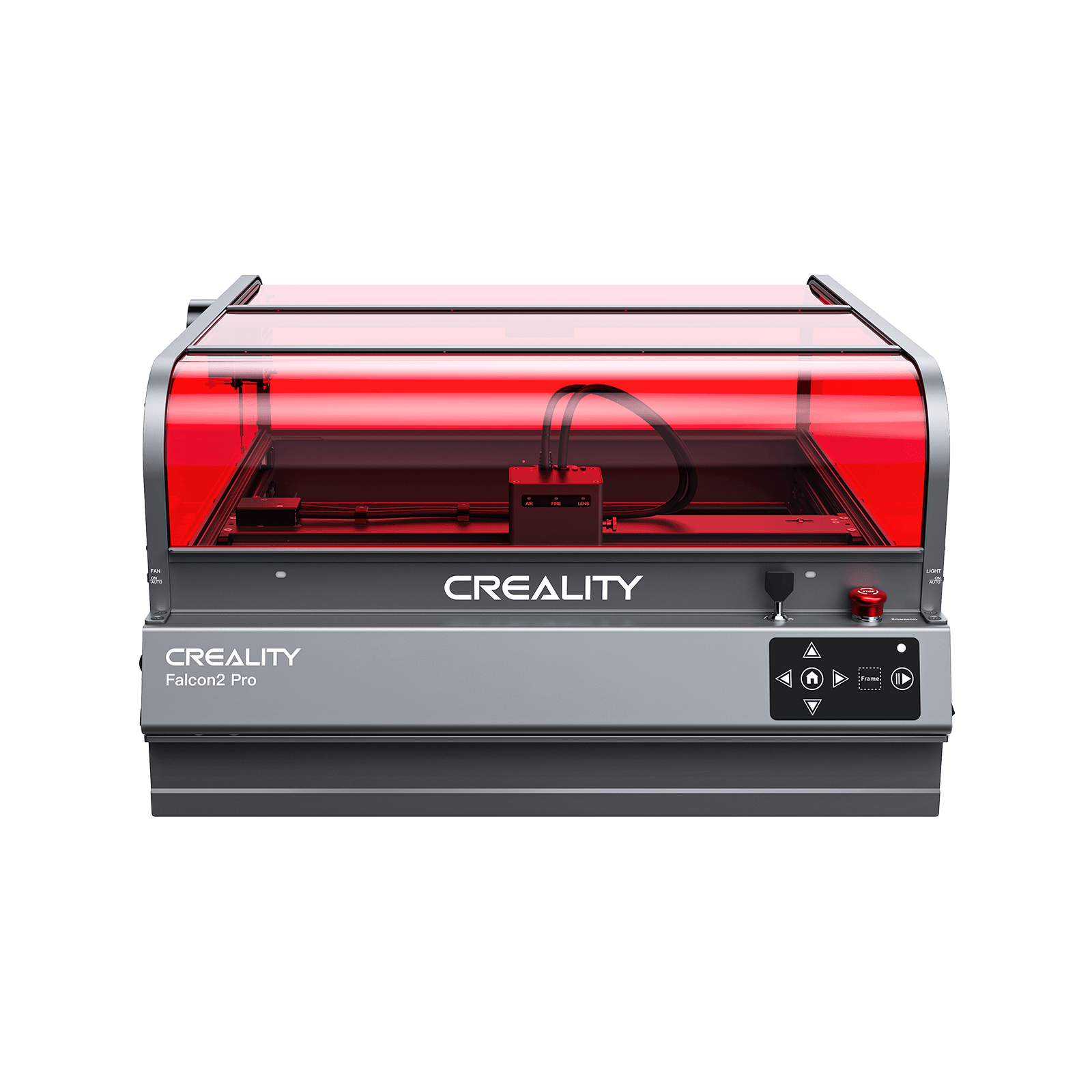






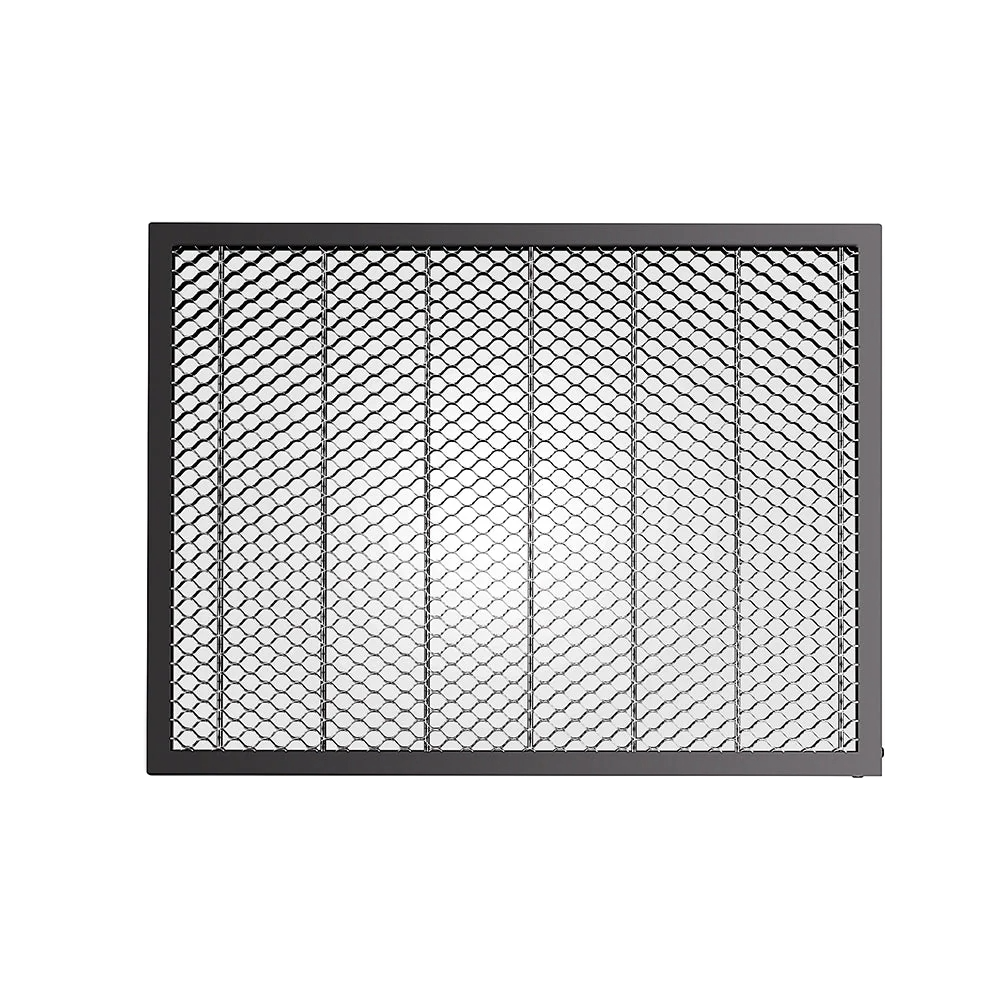







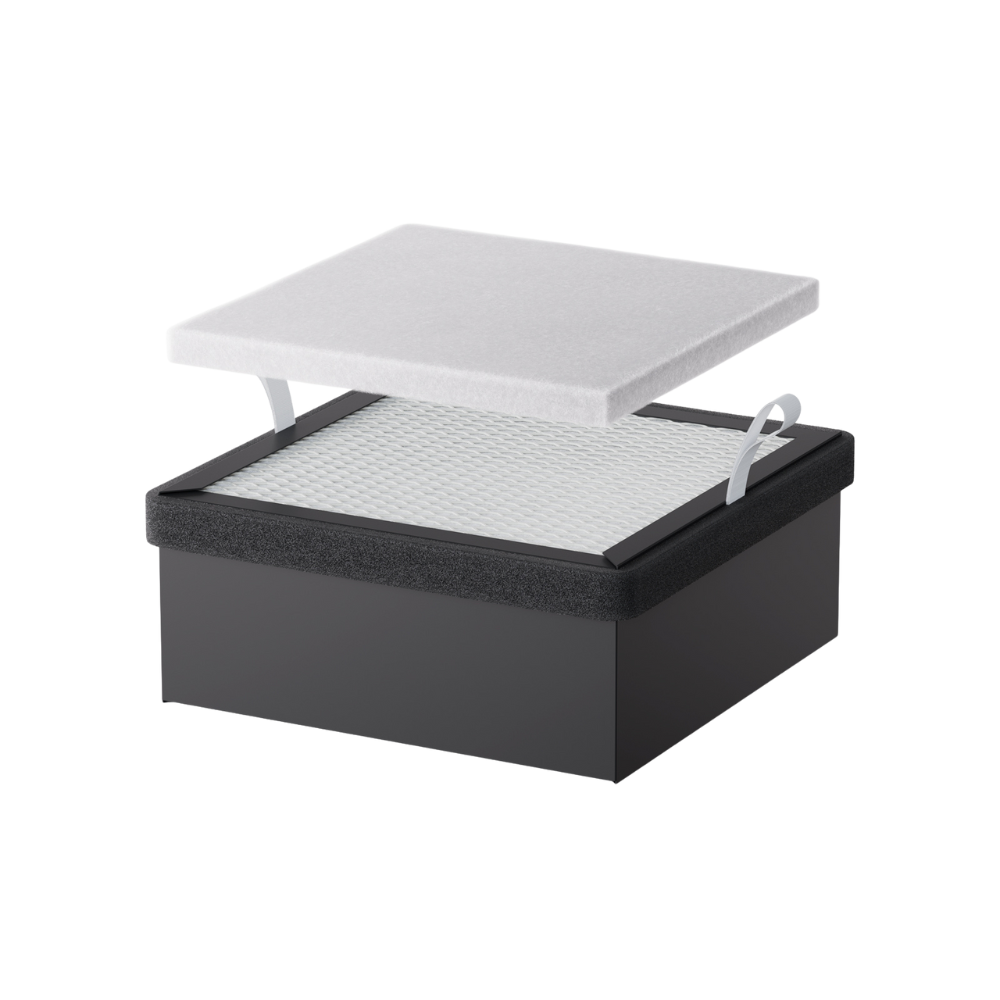







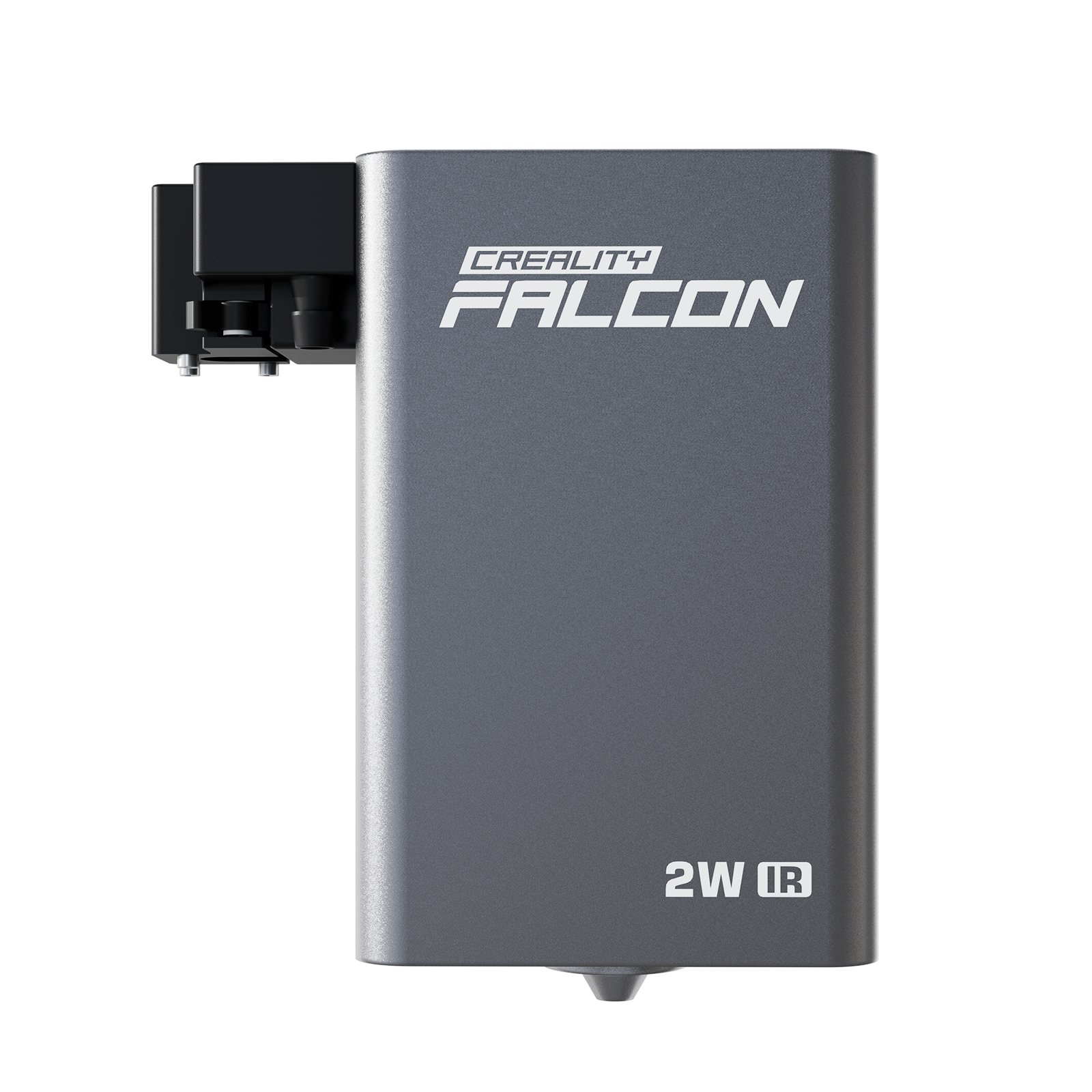







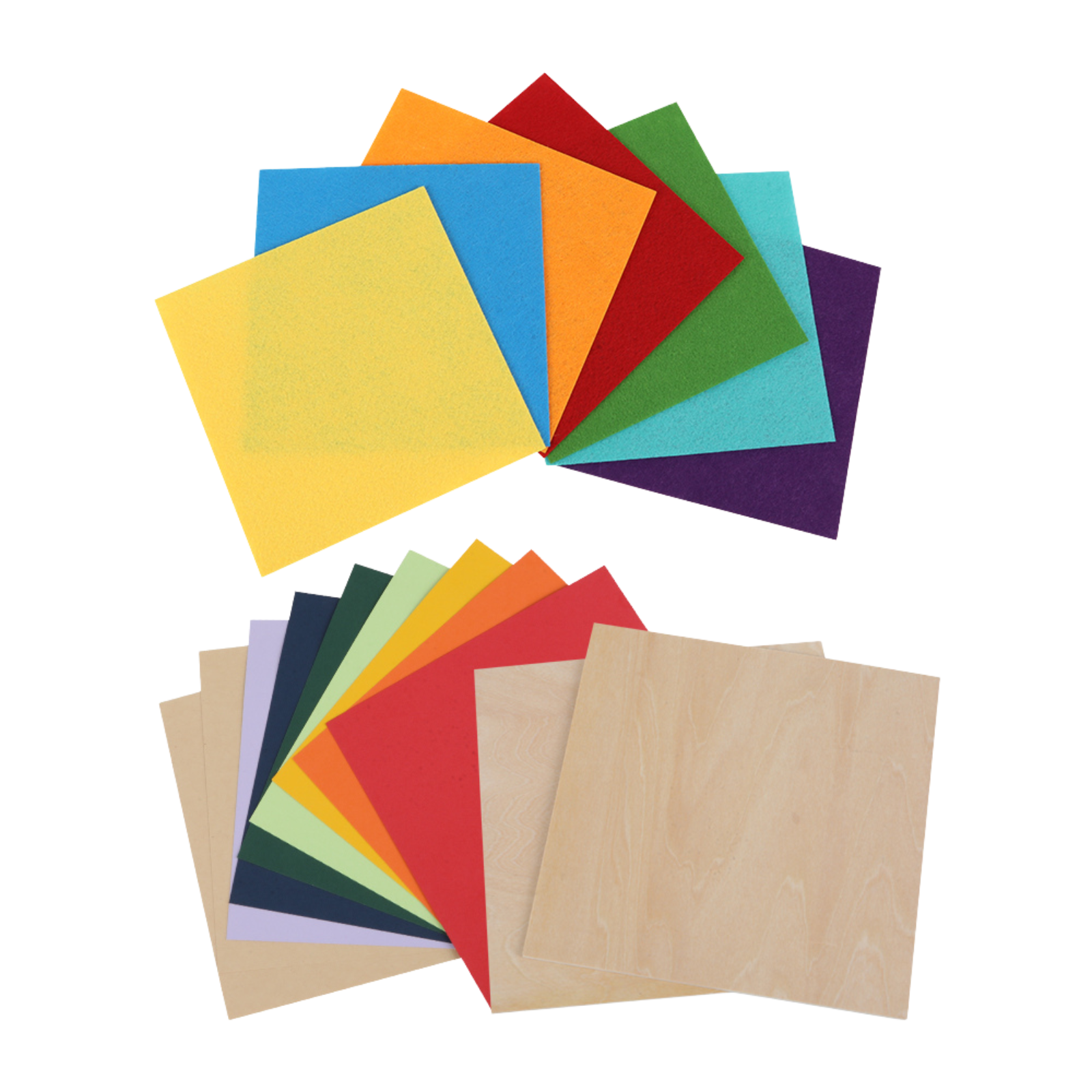
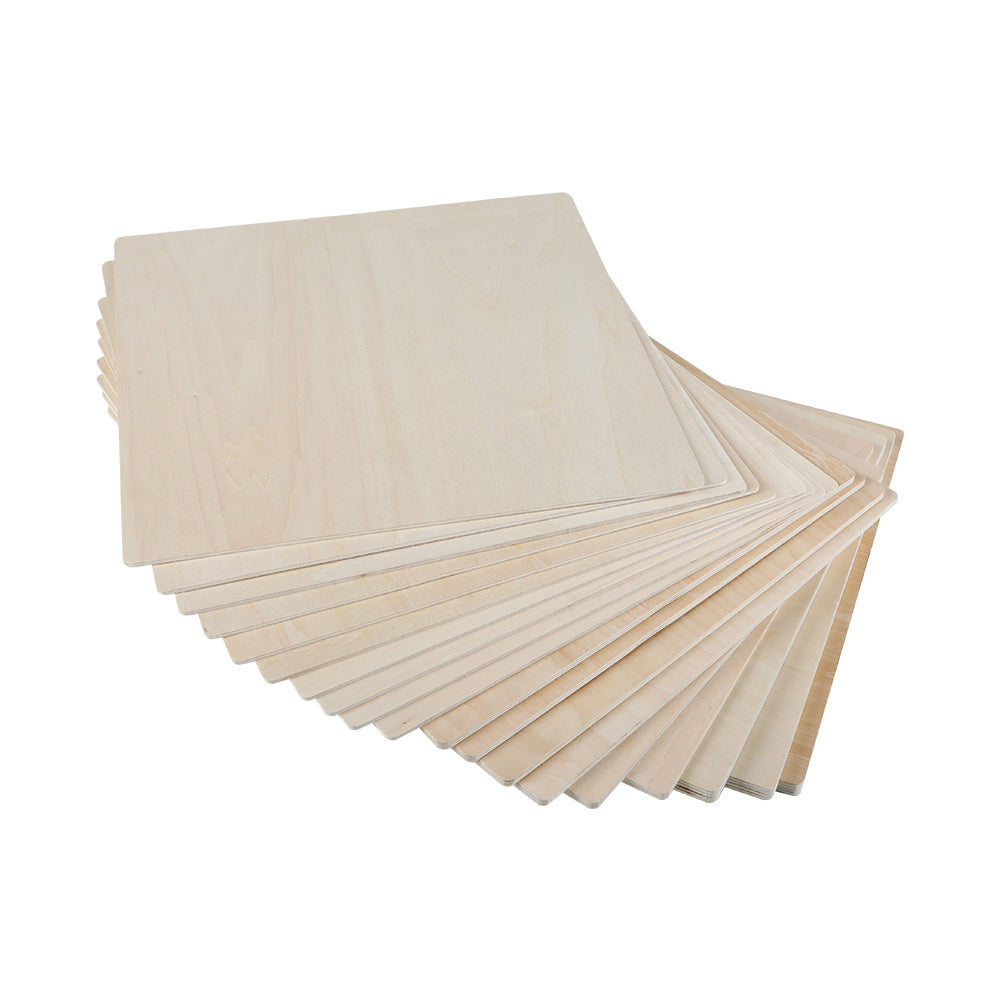




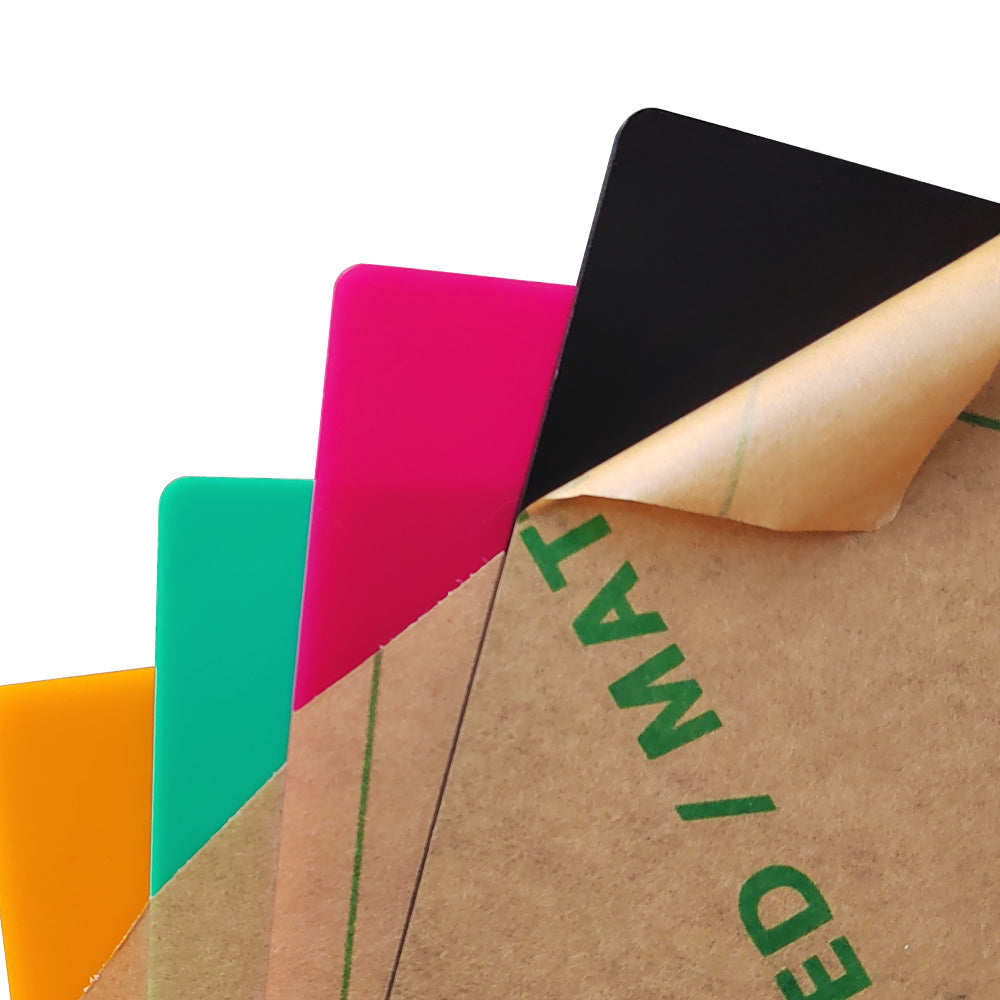




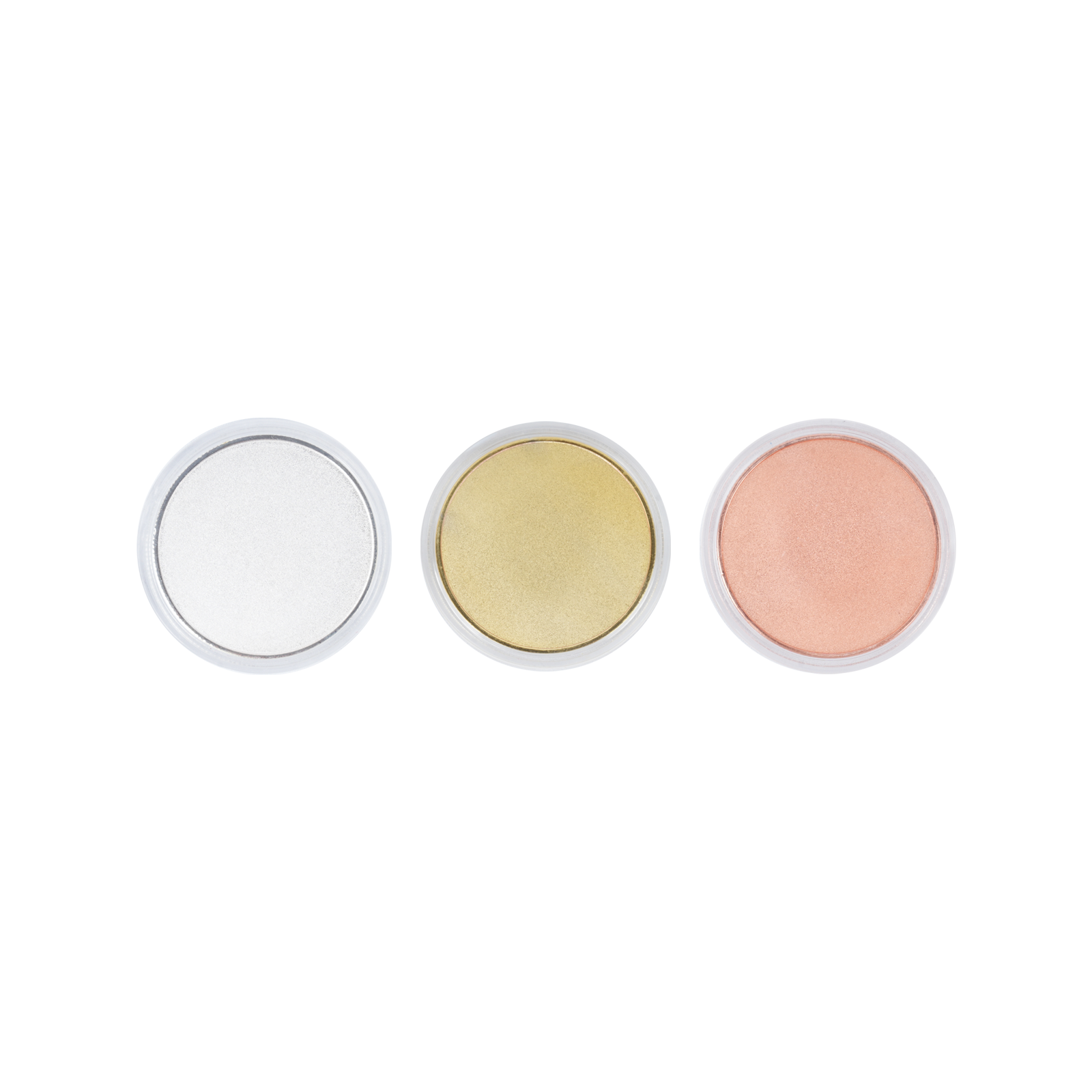
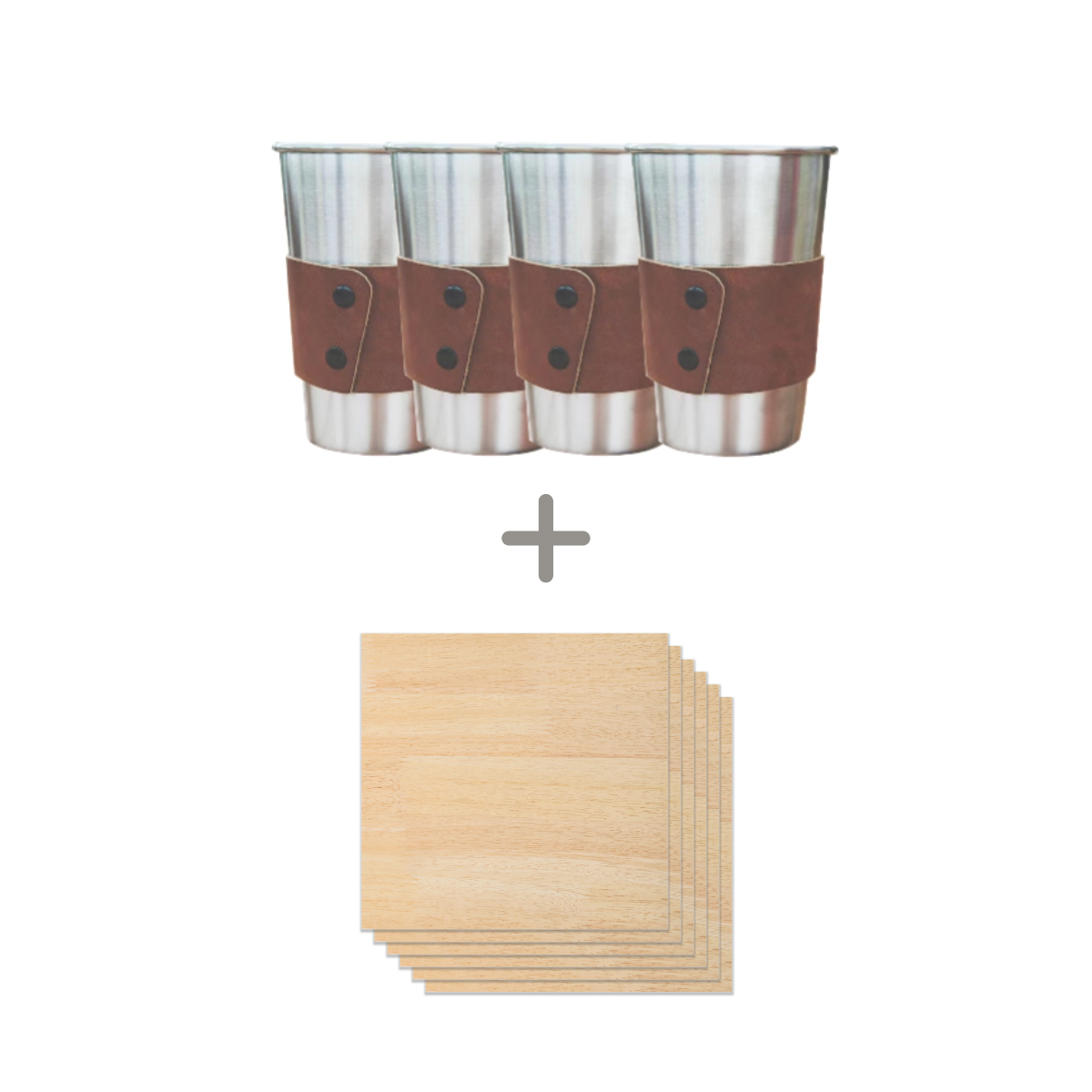
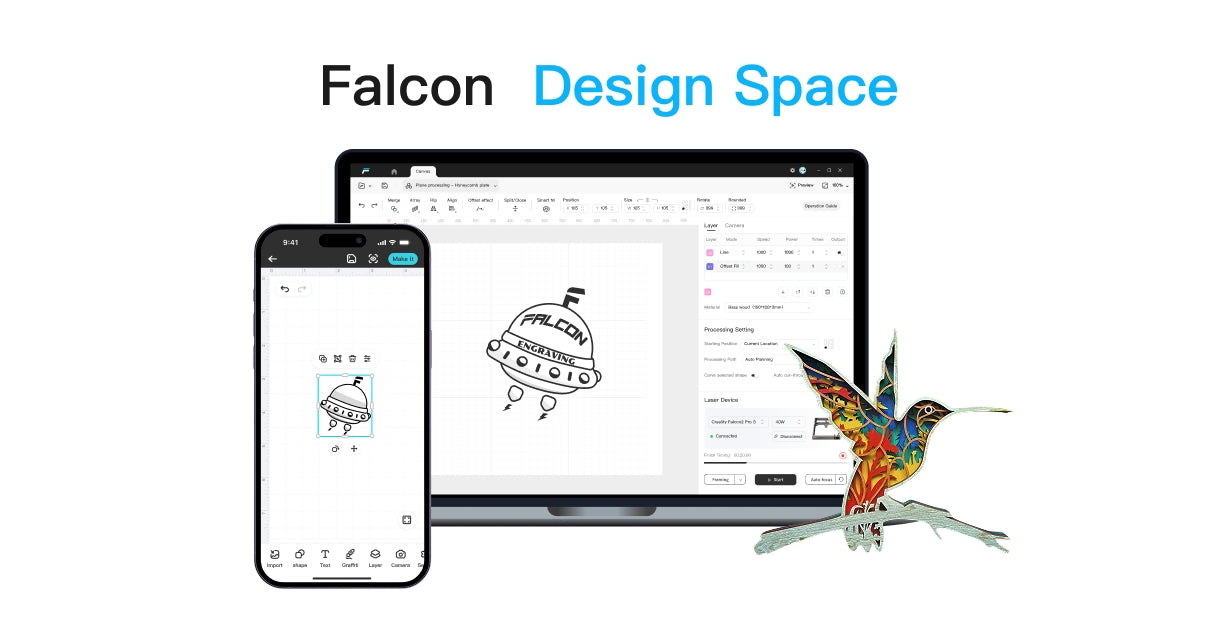




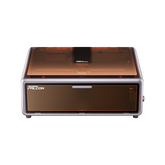
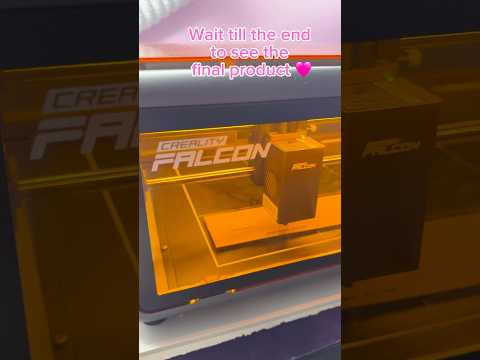
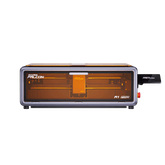
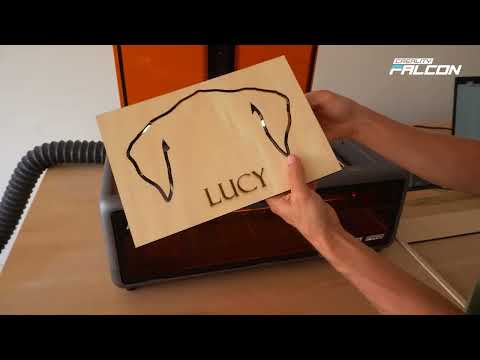
Leave a comment
Please note, comments need to be approved before they are published.